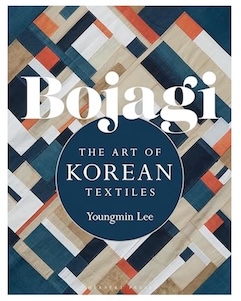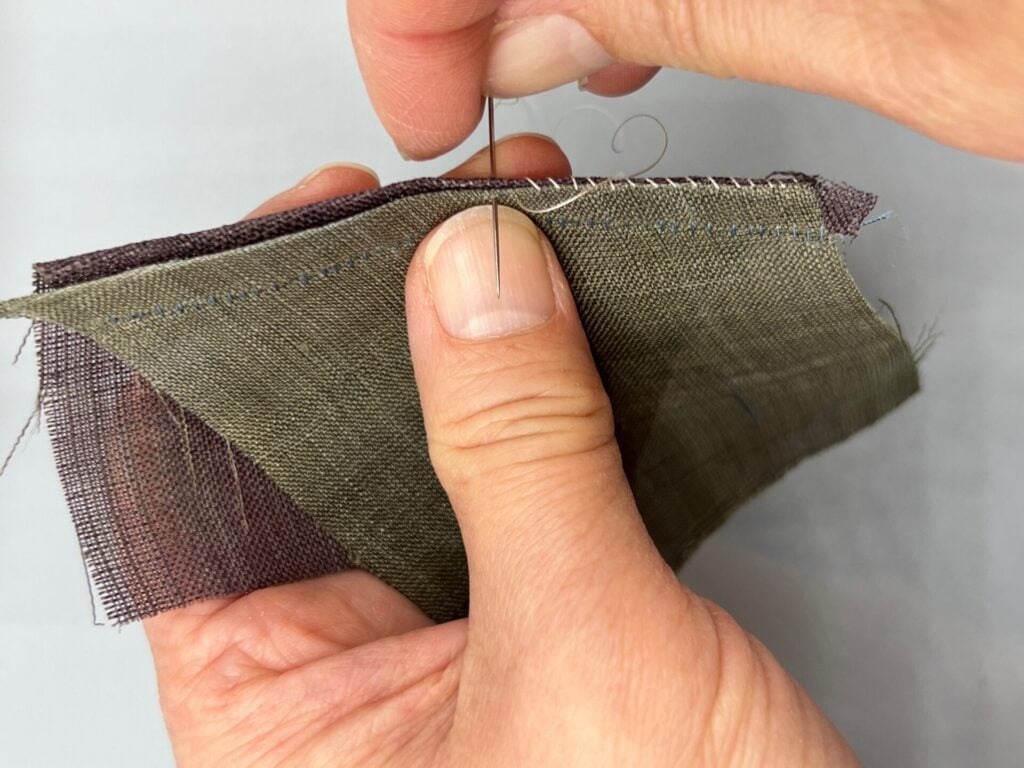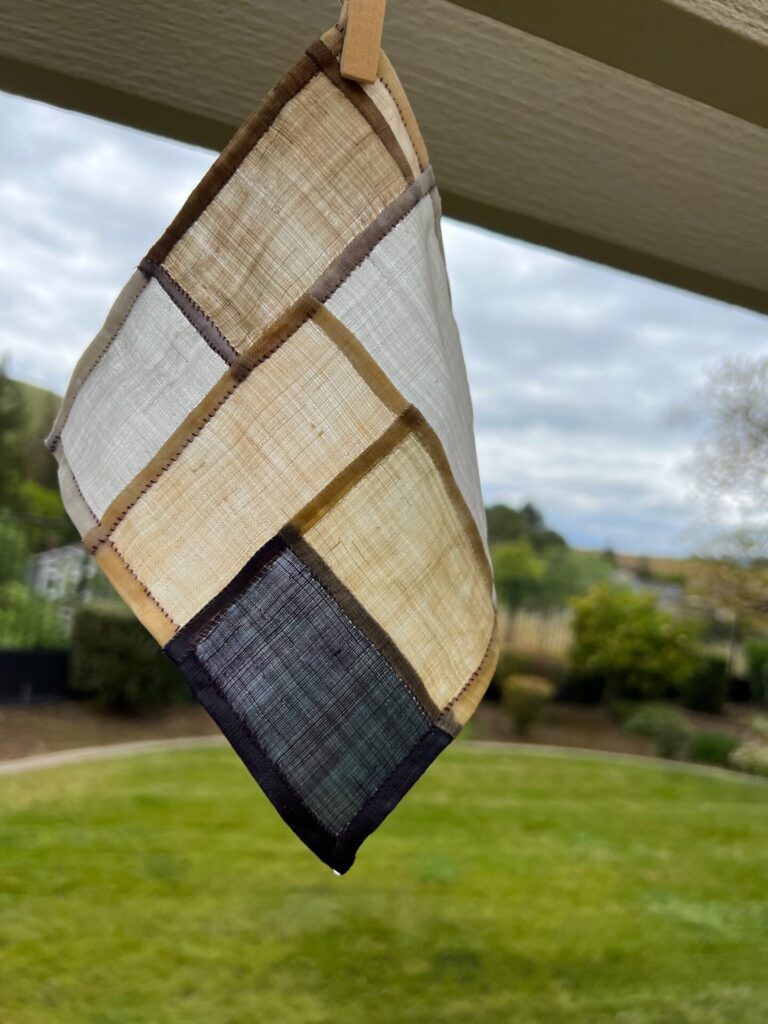For Sunday Visit, Botanical Colors sits down for an interview with a luminary in the natural dye, textile and art world. This week we hear from renowned Korean Textile artist Youngmin Lee to talk about her upcoming workshop with us, her love of textile and her new book! Grab a cup of tea and settle in to learn about someone you never knew! Catch up on all our Sunday Visits HERE. We are announcing an exciting a workshop with her soon!

We are so excited to host you next year. Can you tell us a little bit about your love of textiles and how you first became interested in working with cloth?
When I was a child, I collected fabric scraps from my mom’s sewing projects and my aunt’s stash of leftovers. With my scraps of fabric, my tiny bedroom became a small imaginary fabric store. I admired the various colors and textures of the scraps. My affection for textiles led me to study Clothing and Textiles in college, and Fashion Design at graduate school. After I graduated, I worked in the fashion industry for a few years. Back then, my interest was always focused on the trendy fashion industry rather than on slow hand sewing and stitching. However, after moving from Seoul to the San Francisco Bay Area, I changed my perspective and began dedicating more time to creating textile art through slow handwork.
Jogakbo is such a delicate and beautiful form of patchwork,can you tell us a little bit about the history and importance of this Korean Textile Tradition?
Bojagi are traditional Korean wrapping cloths. They were used to wrap, cover, carry, or store objects in daily life, on special occasions, and in religious rituals. Koreans believe that bojagi can not only wrap an object but can also enclose bok (good fortune or happiness). Jogakbo, patchwork bojagi, embodies the philosophy of recycling, as the wrapping cloths are made from remnants of leftover fabric. Jogak means ‘a small piece’ in Korean. The act of making bojagi also carries wishes for the well-being and happiness of its recipients. The labor of love and the good wishes felt while making the bojagi imbue the item with the affectionate energy of the maker.

What can our community expect from your upcoming workshop?
Using traditional Korean stitching and seam techniques, I want to share the basics of jogakbo construction and promote mindfulness. Bojagi construction involves hand stitching, which can be a deeply relaxing activity. While working on jogakbo, our community can focus on wishing for the happiness and well-being of both the recipient and the creator.
Do you have any other creative practices outside of your textile work?
I love to cook! The act of cooking brings me joy, and I thoroughly enjoy the process. Using a recipe as a guide, I can get creative and add my personal touch.
What are some of your favorite inspirations?
My sources of inspiration include traveling, walking, people-watching, trying new foods, and reading. These activities spark creativity and generate new ideas, offering fresh perspectives and insights that are invaluable to my creative endeavors.

Last but not least, we can’t wait to get in your new book! What is it about?
Certainly! My book, Bojagi: The Art of Korean Textiles, was published in the UK in July and will be released in the US in September.
Having chosen bojagi as my creative medium, I was inspired to write a book to connect with others who are interested in this traditional Korean textile art. In my book, I explore the history, techniques, cultural significance, and modern adaptations of bojagi, offering a comprehensive look at its enduring legacy and contemporary relevance.

